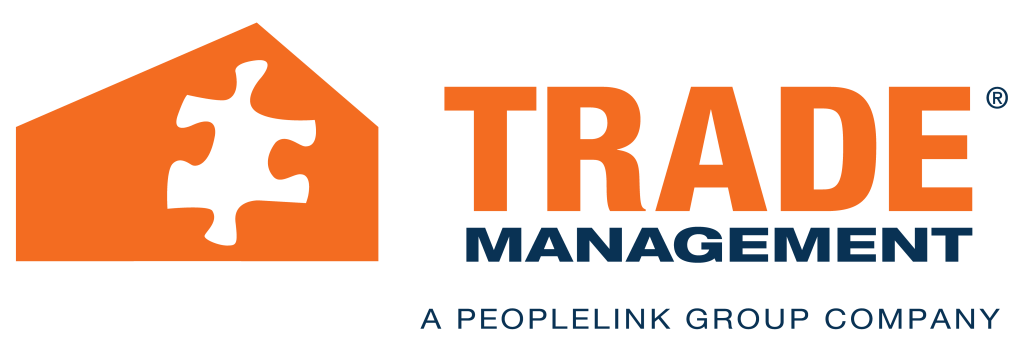Retention is one of the biggest challenges in the skilled trades today. Turnover drains productivity, disrupts quality, and increases recruitment costs. Employers and staffing providers can improve retention through ongoing training and certifications. When skilled trades workers see that their employer invests in their professional development, they feel valued, stay longer, and contribute more.
Why Ongoing Training & Certifications Matter
In the U.S., the skilled trades labor shortage is acute. Demand continues to outpace supply. A recent report estimates there will be about 20 job openings for every one net-new employee in certain critical trade roles over the period 2022-2032. This imbalance means employers cannot afford high turnover, so retaining existing talent becomes essential.
How Ongoing Training & Certifications Improve Retention
Ongoing training and certifications strengthen retention in skilled trades in several respects. First, workers are more likely to stay when they can see a clear path from apprentice to journeyman to supervisor, or specialization paths that require specific certifications. When an employer helps define that path and supports the steps, loyalty improves.
Beyond a clear career path, ongoing training and certifications increase skill relevance and confidence. Trades and technologies evolve including new codes, new materials, automation, and digital tools. Workers who receive regular training feel more confident delivering high-quality work, are safer on the job, and less likely to feel left behind. That reduces turnover caused by frustration or obsolescence.
Not only do consistent training opportunities contribute to increased confidence and skill relevance. Certifications are visible proof of capability. Whether safety credentials like OSHA, code certifications, or trade-specific credentials, they communicate both to the worker and the employer that the worker is investing in their craft. This recognition fosters respect, pride, and connection.
Another way ongoing training and certifications improve retention is their impact on engagement. Employees who are learning and growing tend to be more engaged. In fact, 94% of employees surveyed say they would stay with a company longer if the company invested in their development. Training programs provide variety, interesting challenges, and mobility, all of which counteract boredom, stagnation, or burnout.
Best Practices for Employers & Staffing Providers
To maximize the retention benefits of ongoing training and certifications, employers should adopt best practices:
- Offer regular, accessible training and certification opportunities. That means scheduling training during paid work hours, leveraging online modules, or bringing trainers on site. Build flexible training schedules, consider offering blended formats, and vet certifications to ensure they are reputable and relevant. Partnering with local certifications bodies helps align course content with what employers need.
- Set clearly defined pathways and communicate them. Define what certifications or training lead to specific roles, pay increases, or promotions. Make transparency part of your career development process.
- Support certification costs. Subsidize or reimburse training/certification fees. Cover examination costs, travel, or materials. Hiring, onboarding, and training new workers is expensive. Retaining experienced tradespeople means preserving institutional knowledge, reducing mistakes, and avoiding the “ramp-up” period of new hires. Training and certifications, though they have upfront costs, pay off by reducing overall turnover.
- Recognize the achievements. Once someone earns a certification, celebrate it. This could include internal recognition, badges, and bonuses or pay tiers, reinforcing the value of certification.
- Make learning continuous. It is not enough to train once. Ongoing training and certifications demonstrate an ongoing commitment to your workforce. Keep programs up to date with industry changes, emerging technologies, and evolving safety codes.
Ongoing training and certifications improve retention in skilled trades by offering employees growth, relevance, recognition, and confidence. Investing in these programs is not just altruistic. It makes sound business sense. When tradespeople stay longer, quality improves, costs decline, and the reputation of the employer advances.
Now is the time to examine where your ongoing training and certification programs stand, and how to expand and refine them. The reward is a more stable, engaged, and skilled workforce ready to tackle the challenges ahead. Partner with Trade Management to reap the benefits of our training-focused staffing service including required safety and health training for each of our employees and 30-hour construction safety and health trained management with membership in NCCER, ISNetworld, Avetta, and Veriforce. Contact us today!










